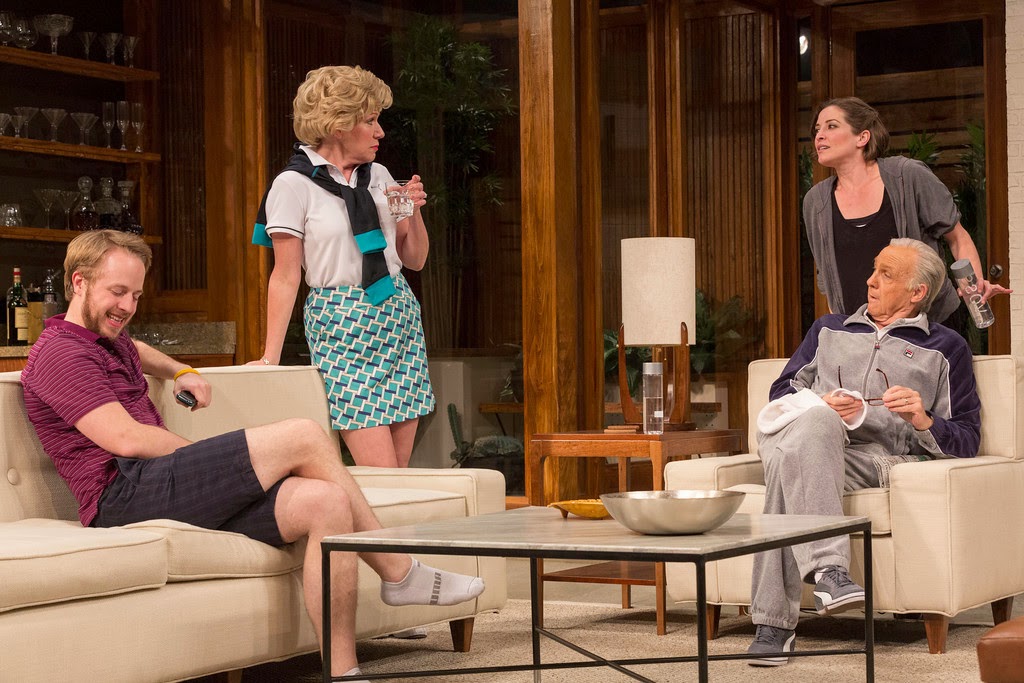Late sub for scheduled guest conductor shapes a stirring "Romeo and Juliet" concert by Indianapolis Symphony

When Michael Francis had to withdraw from this weekend's Indianapolis Symphony Orchestra concerts because of injury, Taiwanese-born Mei-Ann Chen stepped in. Distinguished from the start of her 25-year U.S. residency by having been the first musician to earn simultaneous master's degrees from New England Conservatory in violin and conducting, Chen has accumulated other honors since. Chen displayed an acute rhythmic sense and interpretive exuberance in a program of Bernstein, Prokofiev and Delius Friday night. The marketable theme is the imperishable story of Romeo and Juliet as set down by Shakespeare in the romantic tragedy of the playwright's early maturity. ISO guest conductor Mei-Ann Chen Two of the pieces attest to the play's adaptability to other circumstances besides the Montague-Capulet feud in Renaissance Verona. Young love against rustic social strictures in the opera "A Village Romeo and Juliet" lies behind Delius' "A Walk to the P...
.jpg)












